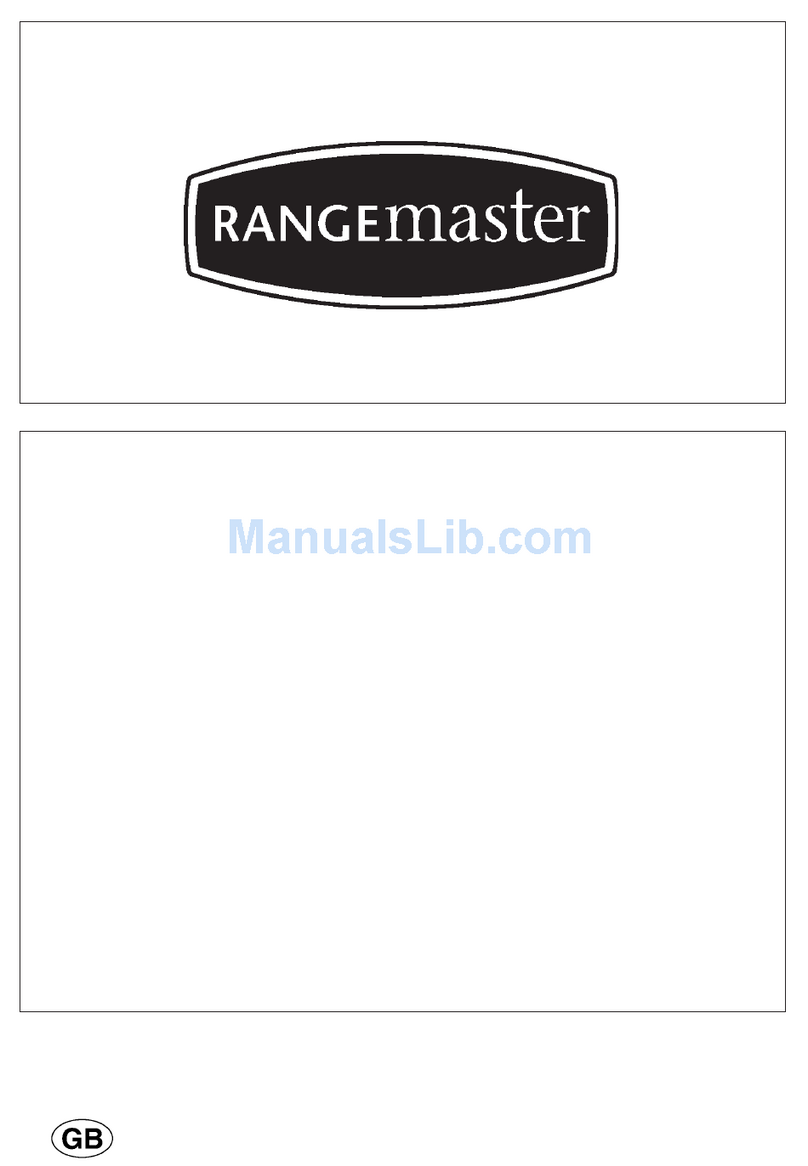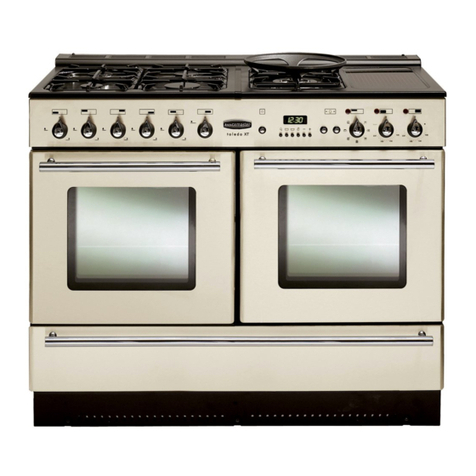Range Master Toledo 110 Dual Fuel User manual
Other Range Master Cooktop manuals
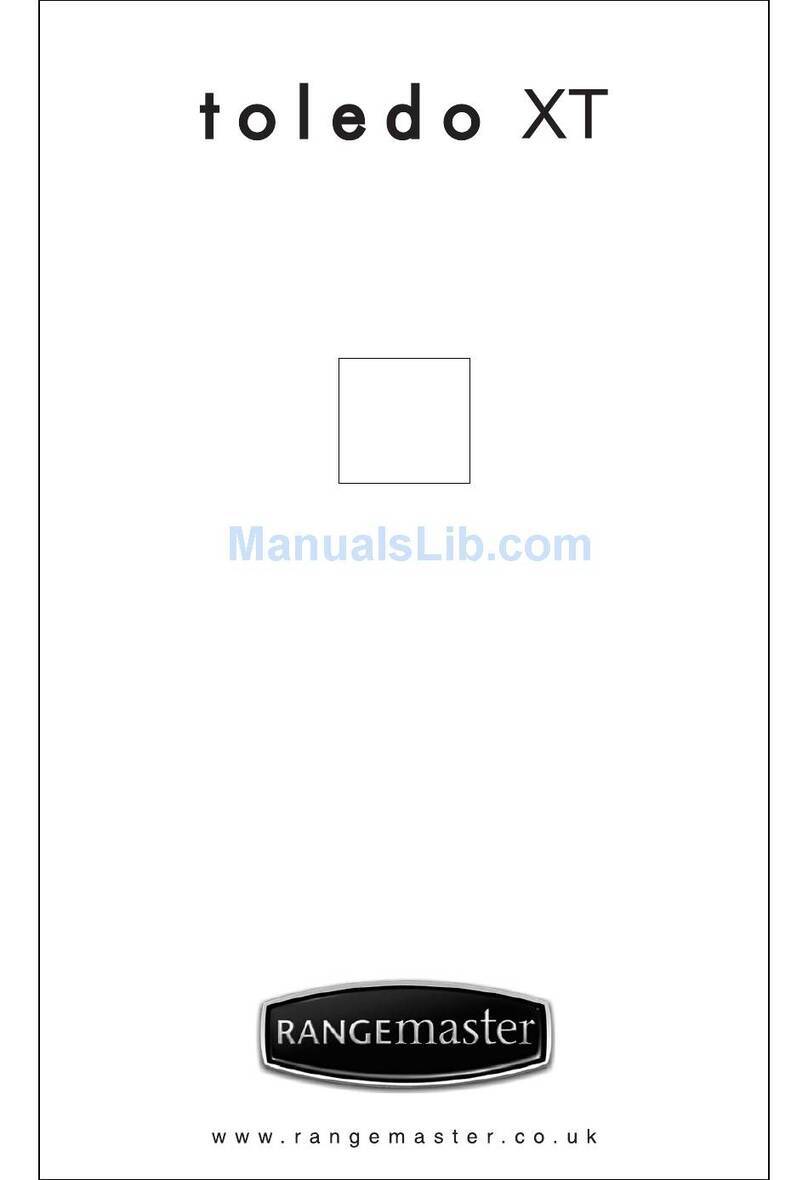
Range Master
Range Master Toledo XT Electric Instruction Manual
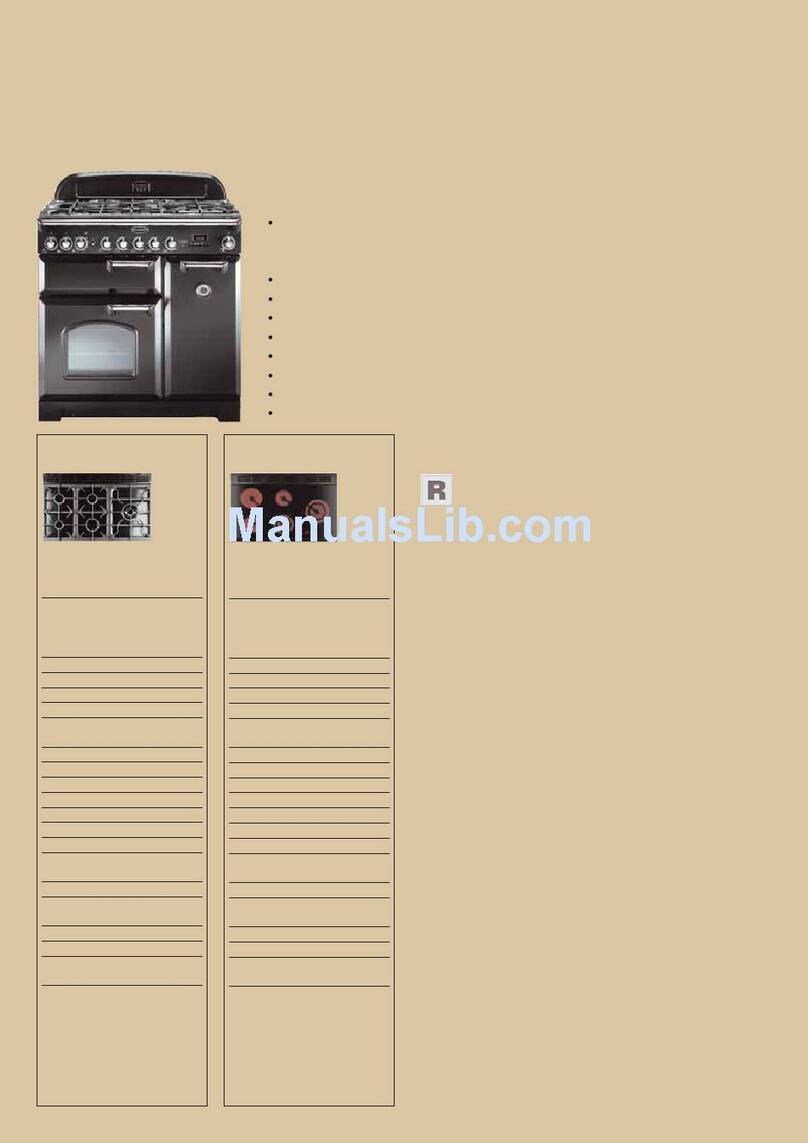
Range Master
Range Master Classic Deluxe 90 Induction User manual
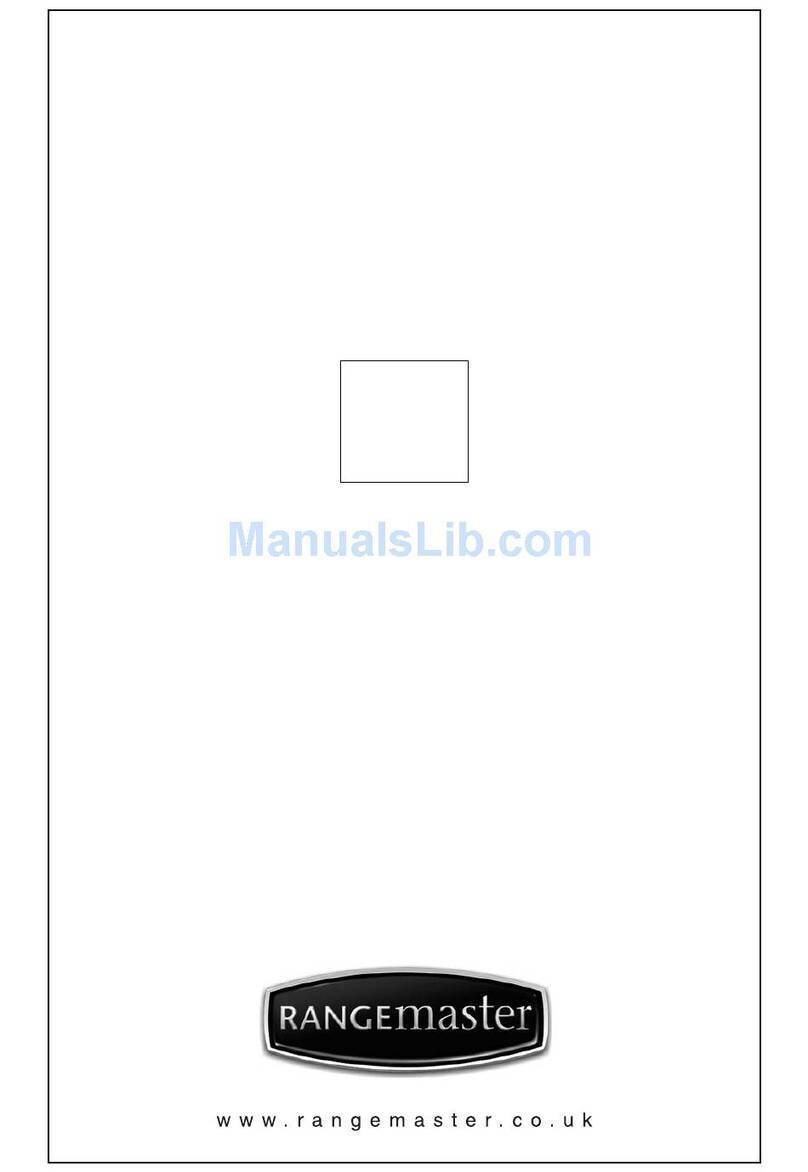
Range Master
Range Master Toledo 110 Dual Fuel Instruction Manual

Range Master
Range Master Classic 110 Deluxe Duel Fuel Instruction Manual

Range Master
Range Master 90 Dual Fuel Instruction Manual

Range Master
Range Master Excel FSD Instruction Manual

Range Master
Range Master Toledo 110 Dual Fuel Instruction Manual
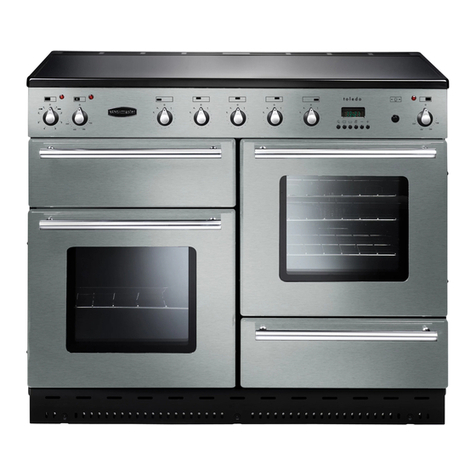
Range Master
Range Master Toledo 110 Induction Cooker U109948 - 04 Operation manual

Range Master
Range Master Kitchener 110 Instruction Manual

Range Master
Range Master 90 Dual Fuel User manual
Popular Cooktop manuals by other brands
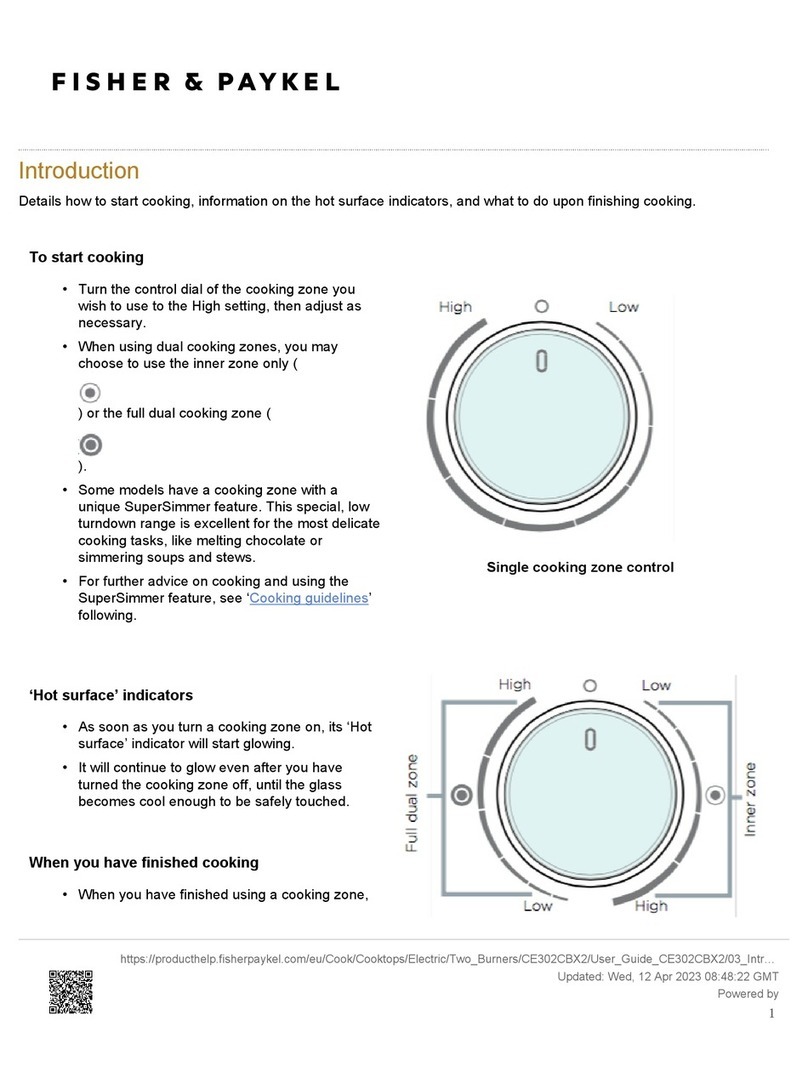
Fisher & Paykel
Fisher & Paykel CE302CBX2 manual

Whirlpool
Whirlpool GJC3634RB00 parts list
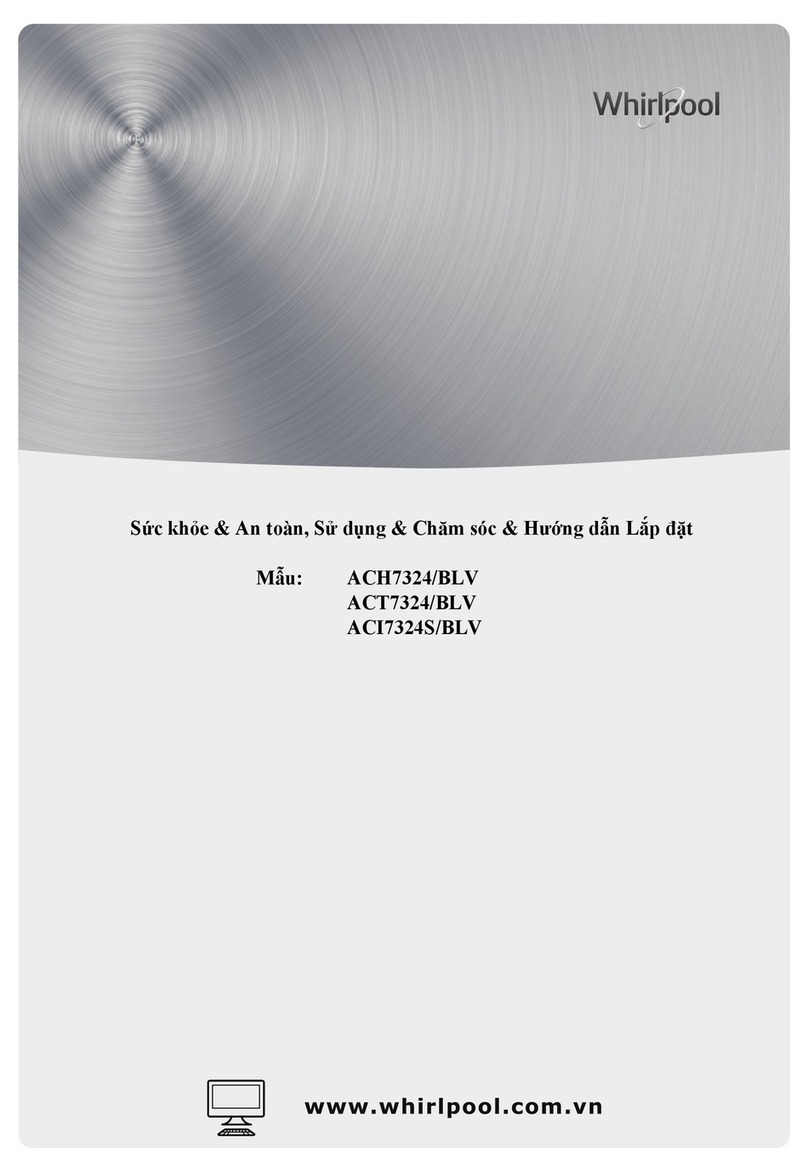
Whirlpool
Whirlpool ACH7324/BLV Use, care and installation guide
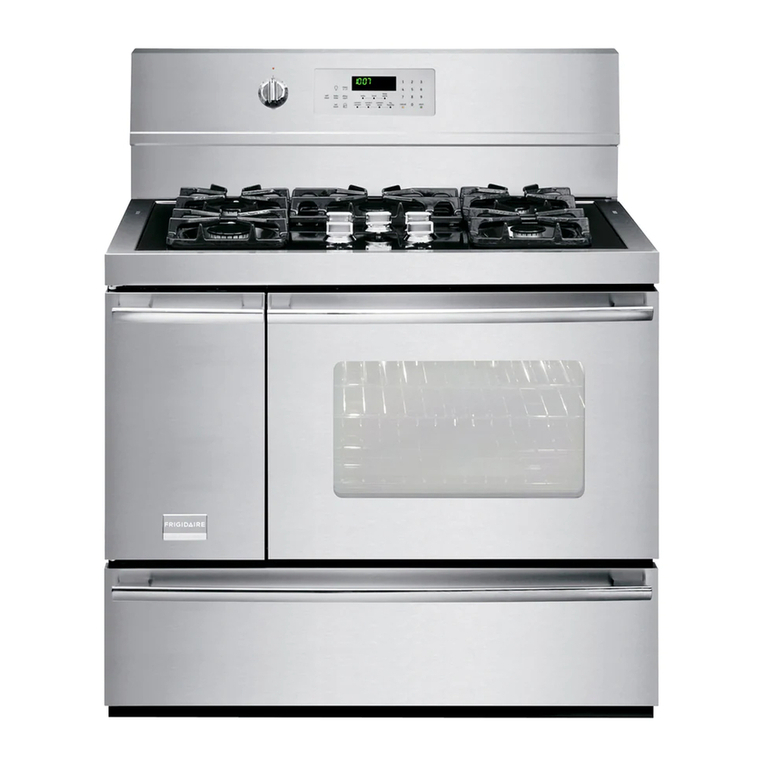
Frigidaire
Frigidaire Professional FPDF4085KF Important safety instructions

Bonnet
Bonnet OPTIMUM 700 Technical instructions

Jenn-Air
Jenn-Air JGCP430 installation instructions
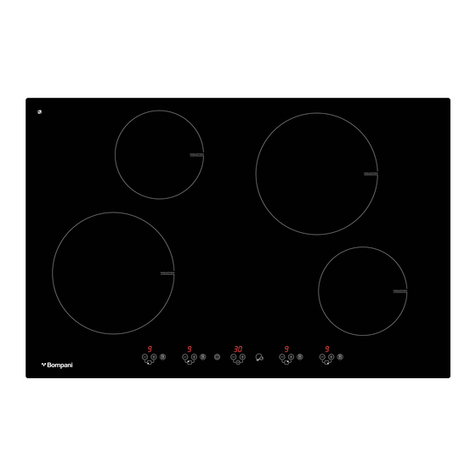
Bompani
Bompani BO374AA/E User instructions

Kleenmaid
Kleenmaid cooking GCTK9011 Instructions for use and warranty details

Waldorf
Waldorf RN8603E-B Technical data sheet

Whirlpool
Whirlpool SMP658CNEIXL quick guide
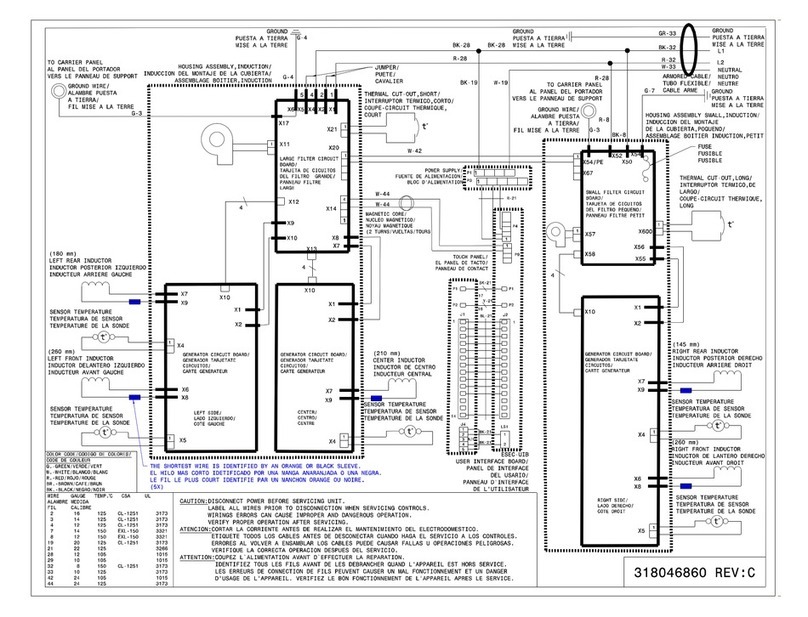
Electrolux
Electrolux E36IC80ISS - 36" Induction Cooktop Wiring diagram

Wolf
Wolf CI243C/B Use and care guide

